The Rollei 35 may be the best secret of all. Introduced in 1966, this miniature 35mm film viewfinder camera is more than the sum of its beautifully engineered parts. With a little practice this camera can create a magical image and that is the reason I call it “The Art Machine”. This article covers my early experience with 5 rolls of Ilford Delta 400, a Rollei 35S camera and a few days around my daughter’s wedding.
Introduction
I began shooting and developing film in the 1970’s. Although I appreciate my Nikon d850, I believe the magic happens when I shoot film. I have shot and developed many cameras in many formats. I mention them here to share my previous experience as I approached the Rollei 35S for the first time. My prior film experiences included: large format with a Grayflex Crown, medium format with Mamiya RB67, Hasselblad 500, Mamiya c330 TLR, Yashica TLR, small format with Nikkormat, Canon AE-1, Nikon F3 and a 16 mm movie film with a brilliant Criterion Deluxe. I do love film photography.
This time, I was looking for a small camera that I could take to my daughter’s wedding. It had to be film and small enough so that I could put it in my pocket. Something that would allow me to fly under the radar yet enable me to take a rapid and spontaneous picture. I had considered rangefinders like the Leica M3 but ultimately chose a Rollei 35S viewfinder based on its smaller size and price tag. I found one locally for $300 US. I chose to combine this with Ilford Delta 400, pushed to 800 and a Sekonic Flashmate L-308X-U light meter.
The Camera
Introduced in 1966, it remains one of the smallest 35mm cameras on the market and fits in the palm of my hand. Like the Rollei twin lens reflex cameras, you adjust the shutter speed, aperture and distance to the subject when you look down at the top of the camera. Its construction is rugged and its design efficient. The small 40mm lens will even retract into the camera, reducing its profile even further, when not in use.
Three things about this camera are noteworthy. First, this is a viewfinder style camera, not a rangefinder, which means that there is no focus confirmation. Although this appears to be a disadvantage, I believe it is its strength. After reading the light meter and selecting your shutter speed and aperture, you then select the distance from you to the subject before you take your shot. The smaller your aperture (f16 for example) the greater the depth of field is around the chosen focal distance. This means with more light and a smaller aperture, your focal distance is less critical and you have a better chance of being in focus. Alternatively, at lower light with a larger aperture (f2.8 for example) your distance estimates are more critical for accurate focus, as the depth of field is much shallower. From that point on, when the action hits the mark, you merely press the shutter release and capture the scene instantly. Advance the film and you are ready for the next shot. This does require preparation to be successful. I am sure you already know the phrase “F8 and be there.” That’s what this is all about and the dividends are big.
The second noteworthy point concerns the lens. You will have the good fortune of looking through a Zeiss made, 5 element lens called the Sonnar 2.8/40mm. I have no idea why it is magic, but it is.
Thirdly, the process promotes creativity and spontaneity. My approach to film, prior to this camera, was to methodically plan every step and carefully craft each shot on my 12-image roll of medium format film. With the Rollei 35S in hand, you are liberated from this process and are encouraged to shoot a 36-image roll with abandon. Yes. There will be incorrectly exposed, out of focus and blurry images. Some of these will be spectacular. On the other hand, if the lighting is right as I will demonstrate, even at three feet you can capture a dreamy image full of emotion, depth and detail.
Film
I shoot mostly Ilford products. I tend to like a little less contrast and a little more detail. I want to see the fabric detail in that white shirt. For me that is the tabular grain of Ilford Delta 400. All rolls were pushed to 800 and developed in Kodak HC110. Development times were 10 minutes based on the “Massive Dev App” that I highly recommend using. Because I was shooting 35mm, I was also able to develop two rolls at once. All negatives seen here were scanned on an Epson V 600 scanner and were edited in Lightroom and Photoshop. I do adjust the exposures and tend to soften the images with a small amount of luminosity while trying to retain just enough grain. I also print some of these in the darkroom, but that is another subject and skill set altogether. I use Photoshop primarily to remove most of the debris on the negative secondary to my poor technique. I generally leave a few imperfections as a footnote to the humanity of the process.
Images
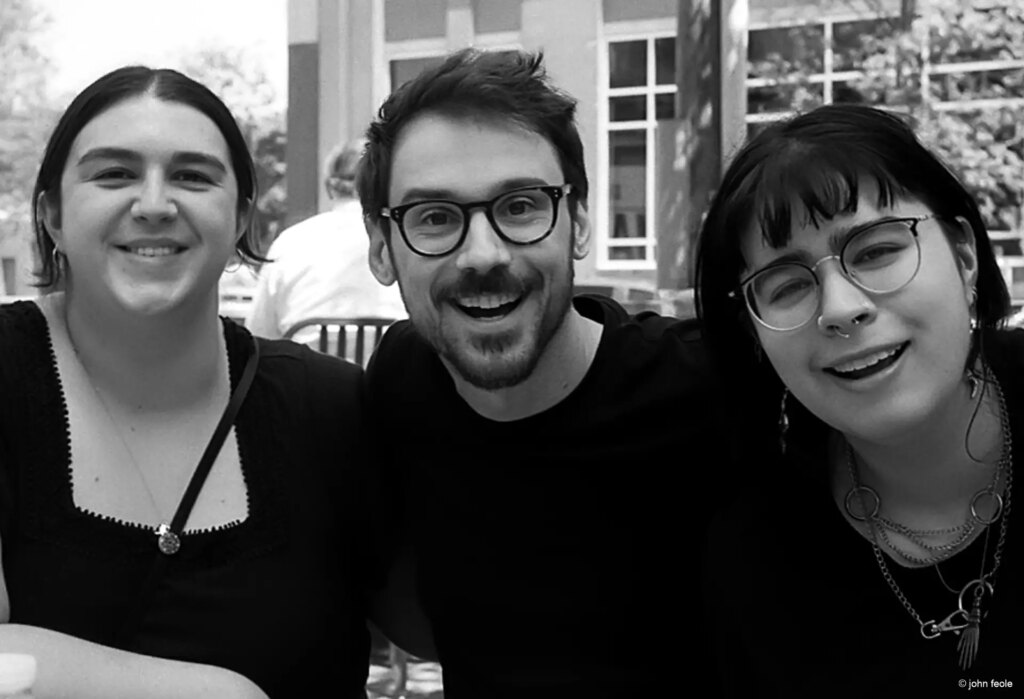
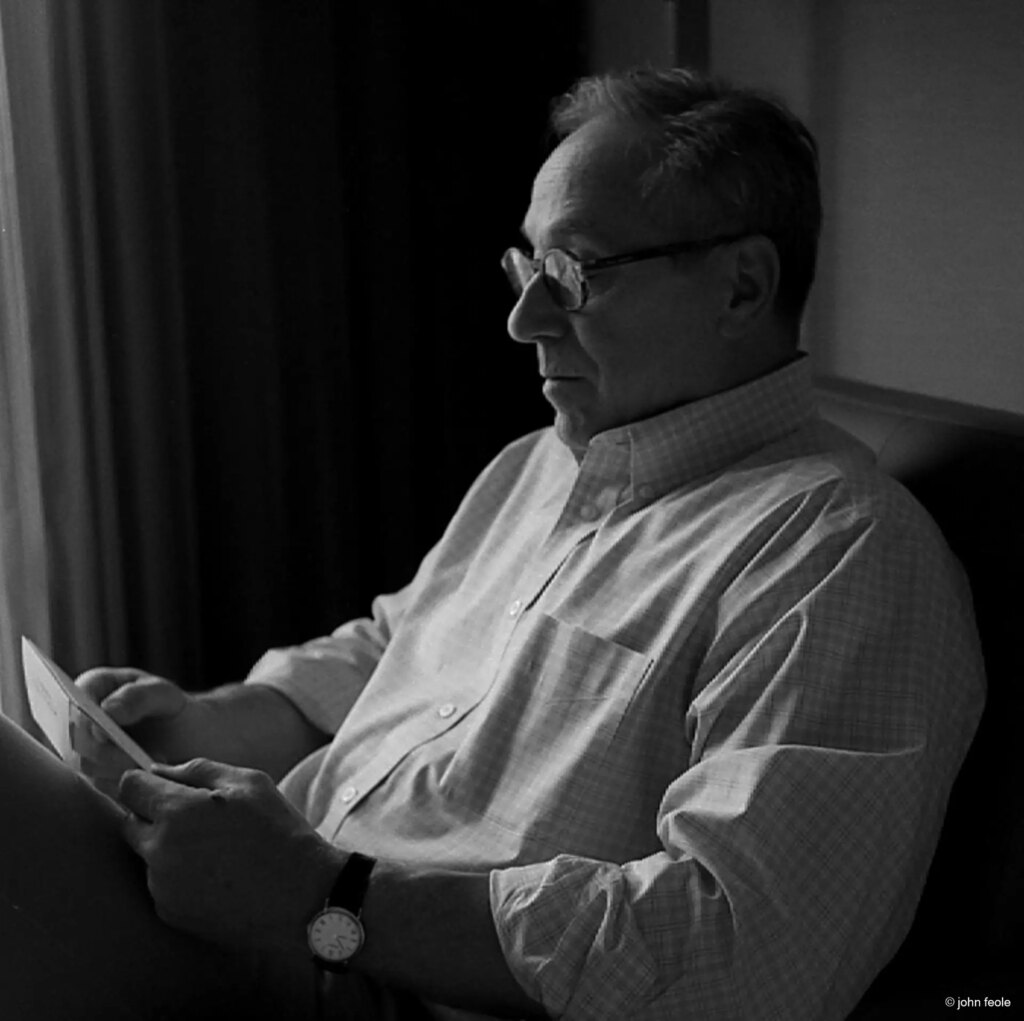
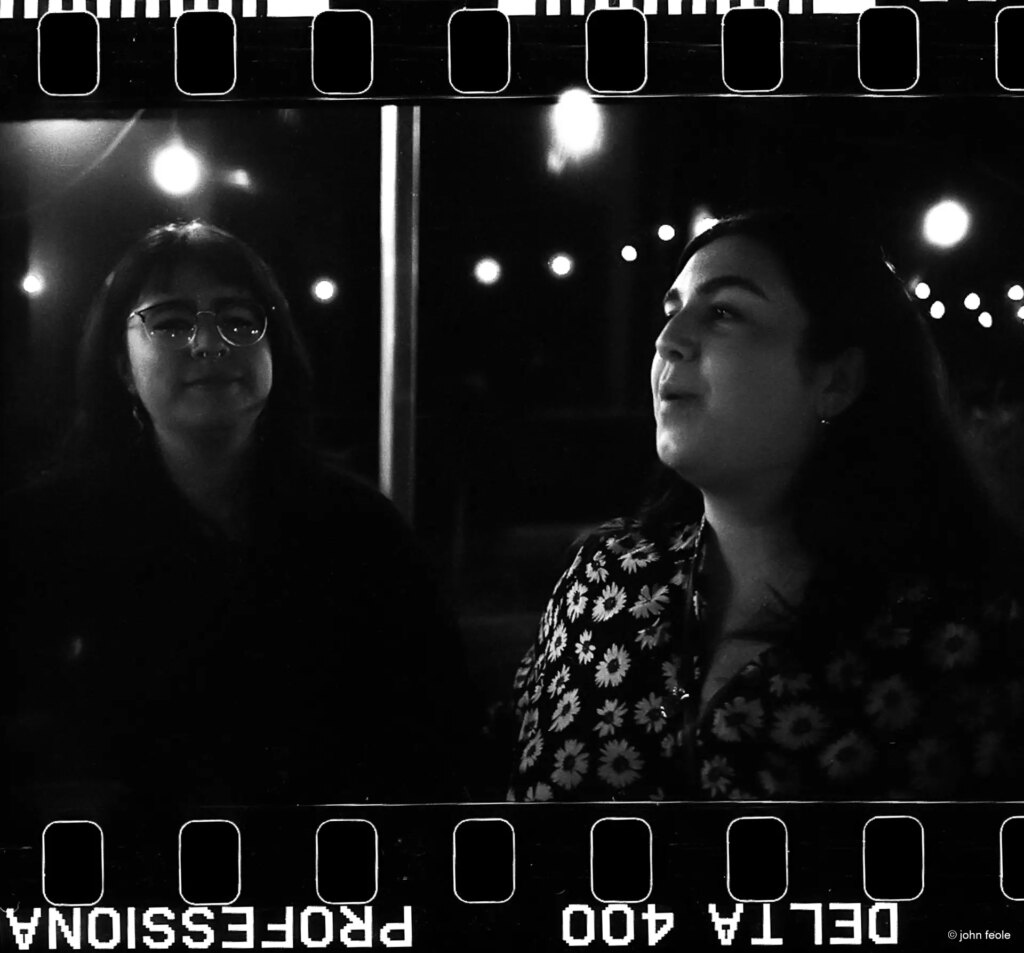
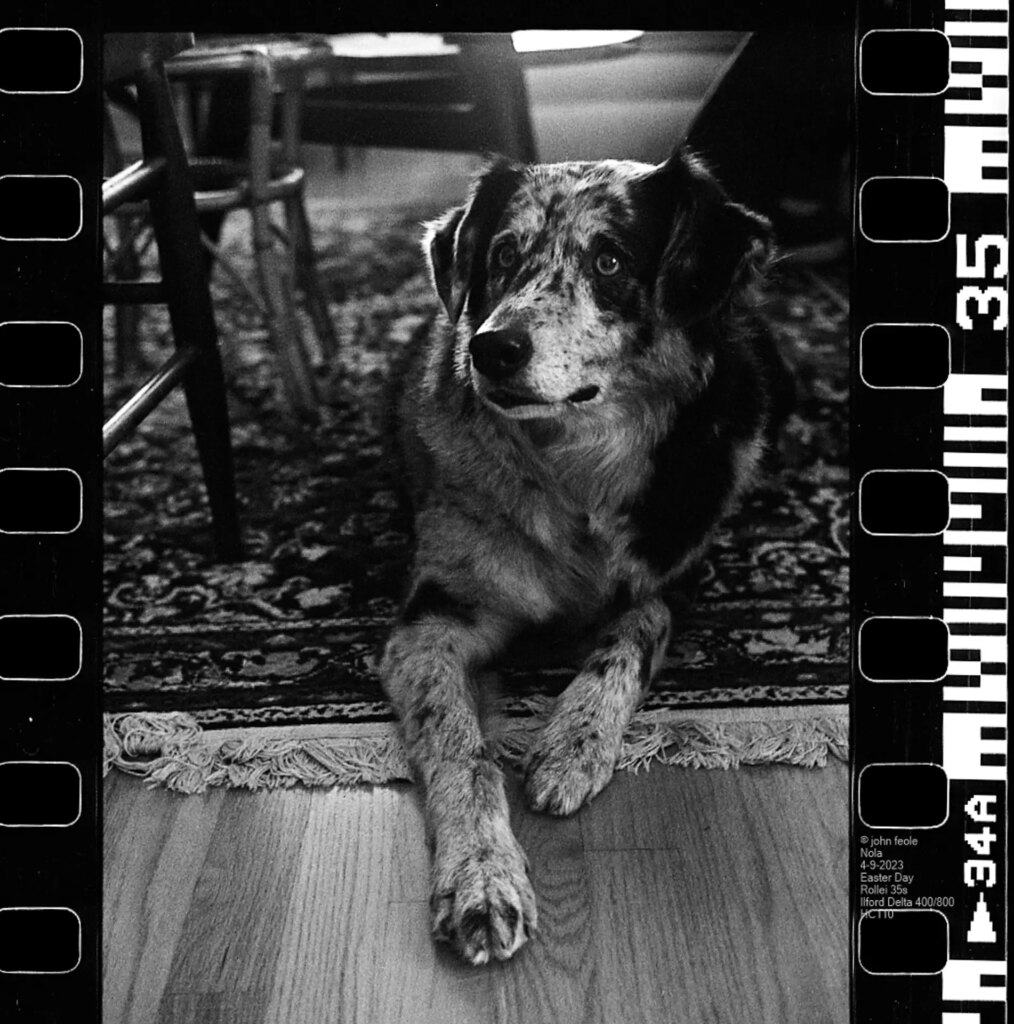
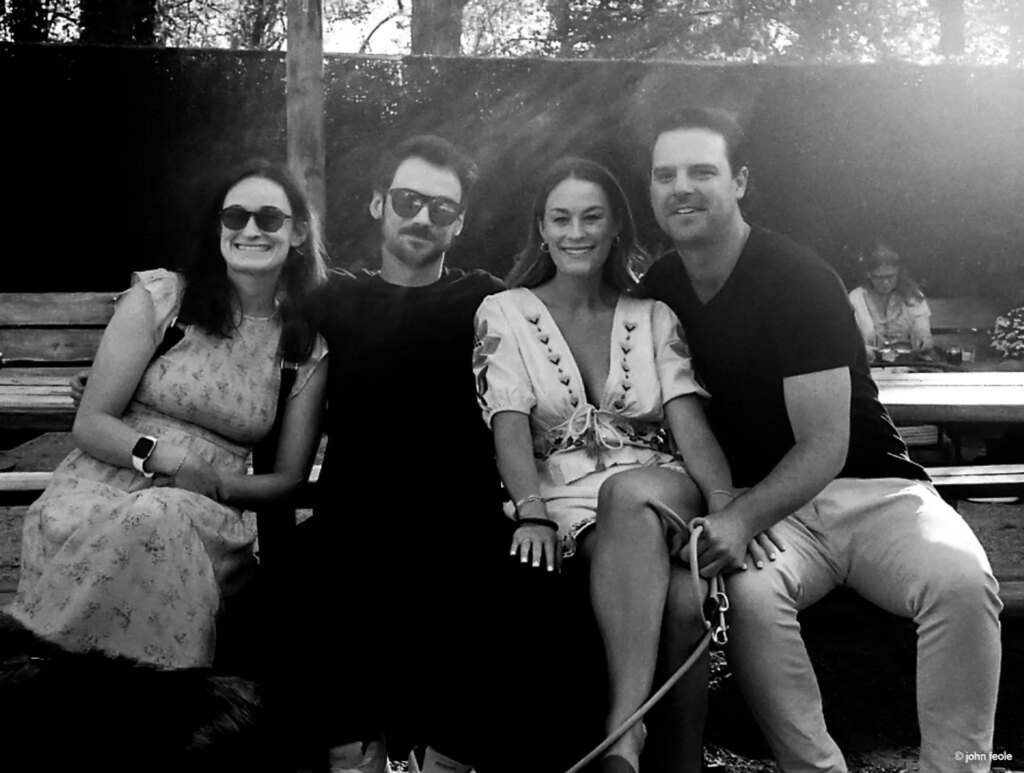
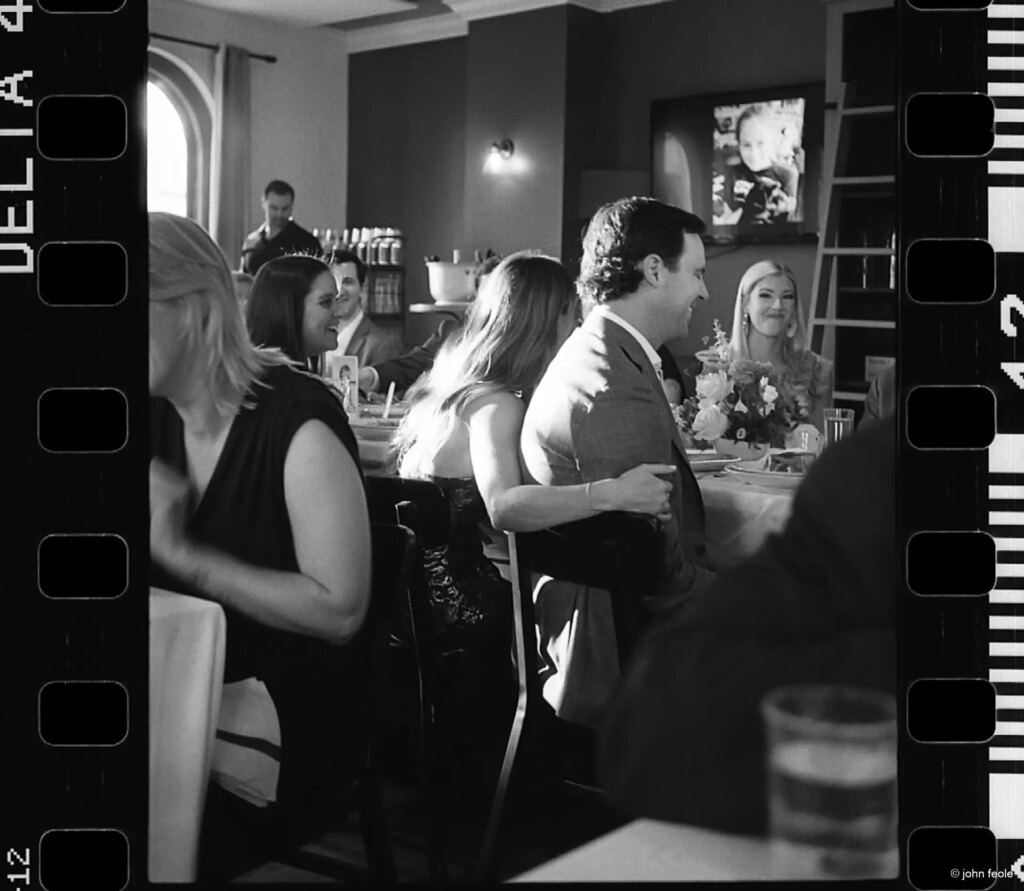
Conclusion:
If you are looking for a small, inexpensive 35mm camera that is capable of creating “art” with all of its imperfections and want to do this in a free spirited and spontaneous way, then I highly encourage you to buy a version of the Rollei 35, or as I call it “The Art Machine”.
You can find me on instagram here
Share this post:
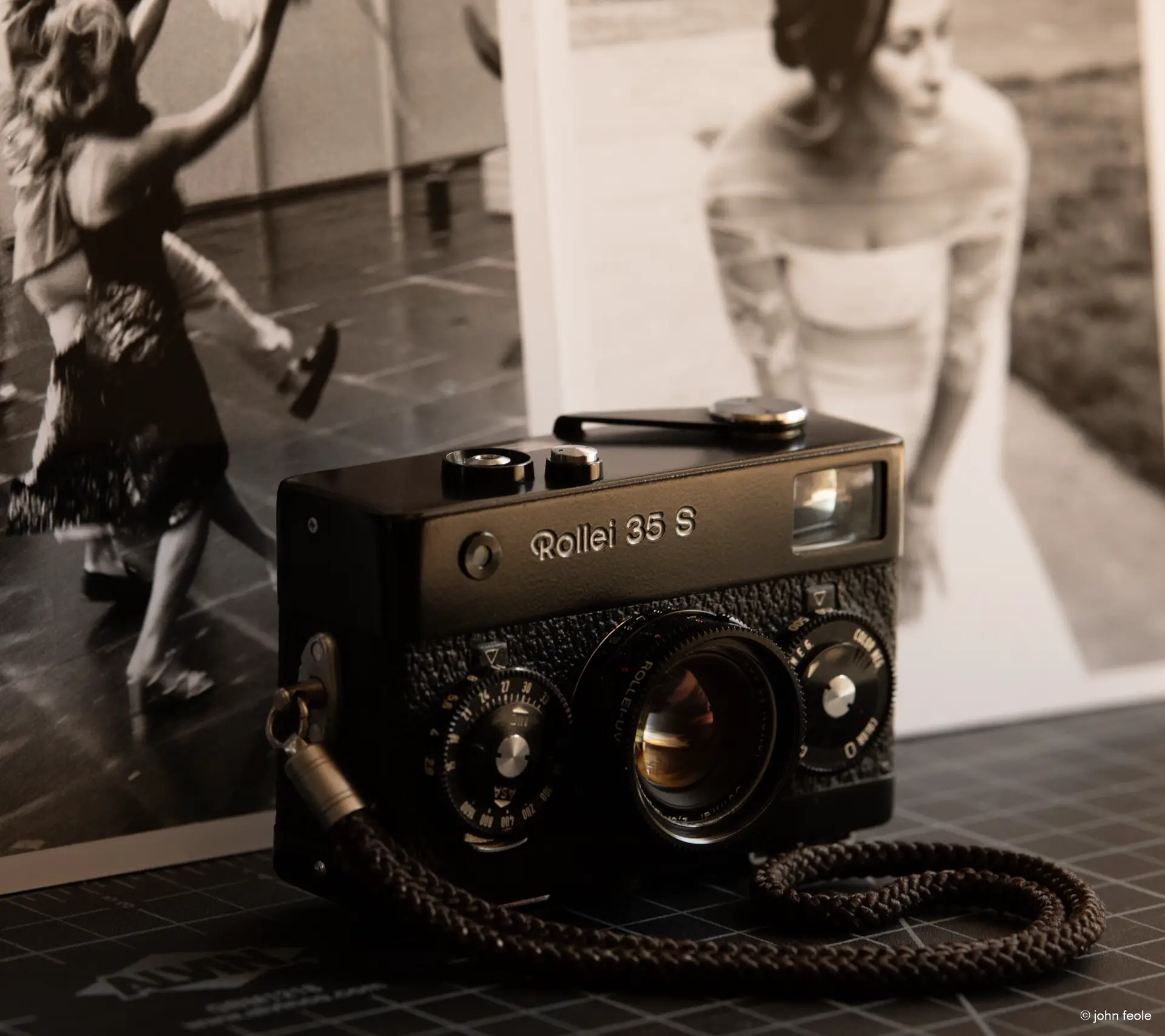








Comments
Dan Castelli on Rollei 35S “Art Machine” – My Early Experiences
Comment posted: 10/07/2023
It's a rainy, muggy day here in Connecticut. I'm drinking my coffee and enjoying your post and the photos you shared. CBS Morning news can wait.
The Rollie is such a joy to carry & use. I can't add anything to your article that would shed new light on the camera.
The one I had was among the gear that was stolen out of my car in the mid-1980's. I never did get around to replacing it. The reason eludes me now. But you've got me thinking about looking into another one after reading this.
The lack of the rangefinder can be a disadvantage, but if you have enough experience working with this little powerhouse, you get pretty good at judging distance. Coupled with fast film, you get more saves than misses.
I was lucky to get my Leica gear before eBay and the huge price inflation that surrounds the brand today. Even the 'junkers' command ridiculously high prices. Your observation about the high price of an M3 is dead on.
Continued good luck with your mighty-mite of a camera.
-Dan
Comment posted: 10/07/2023
John Feole on Rollei 35S “Art Machine” – My Early Experiences
Comment posted: 10/07/2023
Comment posted: 10/07/2023
Comment posted: 10/07/2023
Felix Wollmann on Rollei 35S “Art Machine” – My Early Experiences
Comment posted: 10/07/2023
I couldn't describe the magic of the Rollei 35 better than you did in this lovely article. The Rollei has a special place in my heart, specifically the one I own and got via the bay, arriving at my birthday with my birthday date as the first 4 serial numbers. I don't leave house without this gem in my pocket or bag and shot already dozens of rolls through it. Especially with black and white film the lens performs just magical. The distance guessing is in some ways freeing the user from the focusing process while using the viewfinder and gives simplicity vibes, like using a point and shoot camera.
If you like to give the Rollei a good service, I can recommend Mr. Werner Bruer in Braunschweig, Germany, a former Rollei mechanic, who CLAd and adjust the battery voltage to 1,5 V for 60 € (https://www.classic-fototechnik.de/).
Comment posted: 10/07/2023
Arthur Gottschalk on Rollei 35S “Art Machine” – My Early Experiences
Comment posted: 10/07/2023
Comment posted: 10/07/2023
JAMES LANGMESSER on Rollei 35S “Art Machine” – My Early Experiences
Comment posted: 10/07/2023
Comment posted: 10/07/2023
Kodachromeguy on Rollei 35S “Art Machine” – My Early Experiences
Comment posted: 10/07/2023
Comment posted: 10/07/2023
Comment posted: 10/07/2023
Roger Parish on Rollei 35S “Art Machine” – My Early Experiences
Comment posted: 10/07/2023
Comment posted: 10/07/2023
Reyazul Haque on Rollei 35S “Art Machine” – My Early Experiences
Comment posted: 10/07/2023
Comment posted: 10/07/2023
andy hertig on Rollei 35S “Art Machine” – My Early Experiences
Comment posted: 11/07/2023
thank you very much for your contribution. It just inspires me to feed my "Art-Machines" with film again.
Actually, I love the little ones and don't give them away either; but unfortunately I don't use it that often.
(but is probably more due to the number of other cameras, which all want to see a film from time to time)
Have fun and greetings from Switzerland.
Andy
alan wilder on Rollei 35S “Art Machine” – My Early Experiences
Comment posted: 11/07/2023
Comment posted: 11/07/2023